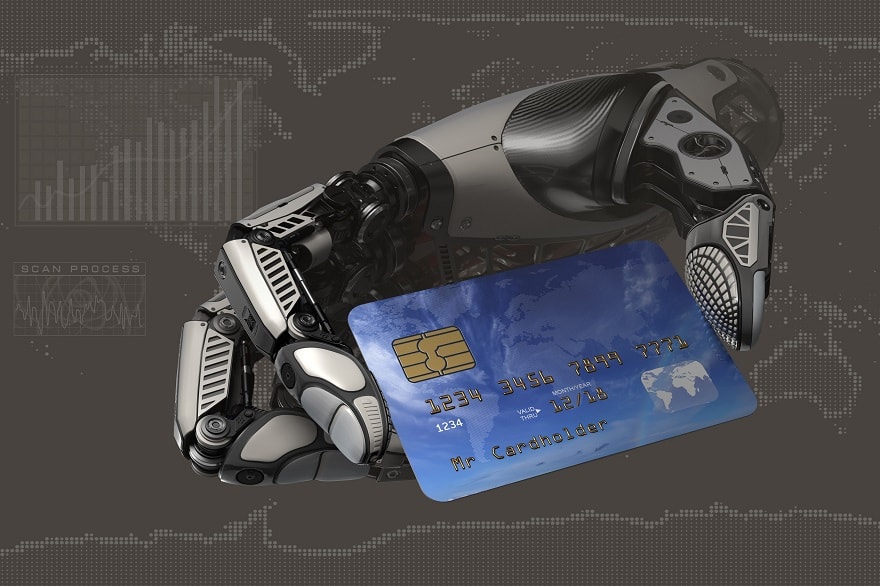Whatever your industry, it is common to hear that the customer is always right. Yet in the world of the Internet of Things (IoT), this old adage needs to be qualified. As objects become smarter and more connected, it is important to listen not only to customers, but also to products.
Today's manufacturing industry is blurring the boundaries between products and services in order to better understand the user experience. By using product data and exploiting real-time metrics, companies are creating new business opportunities that are changing the way consumers and products interact.
This phenomenon induces an undeniable turnover opportunity. If a recent McKinsey study tells us that, by 2025, the Internet of Things - the IoT (Internet of Things) - has a new annual global economic potential of $6.2 trillion, we are still wondering what that means in practice. For a start, it is a new and more concrete way of adding value.
Until now, manufacturers have relied on feedback from their customers to maintain and develop their product ranges. Today, the analytical data generated by these products remedies problems before they occur, while at the same time creating new opportunities in terms of product design and service. The "voice of data" enables this approach: manufacturers are now able to collect and interpret "product data" and feed it back into the design cycle. This new approach generates value for both the manufacturer and its end customers.
The objective is to understand the use made of the product. The manufacturer can then identify and correct problems more quickly than if he waited to be notified by his customers.
With the analytical elements derived from IoT data, products are effectively customized by the user or designer, before - or even after - they go to market. For example, the Ford Model T was infamous for being available in any colour as long as it was black. A century later, Elon Musk's Tesla Model S was able to refrain from a possible product recall related to its suspension system: the manufacturer was able to correct the problem with a simple software update.
But while the future looks bright, companies today are still wondering how to use this data.
Extracting data from all these Internet-connected devices is one thing, but when it comes to determining how to use and share it, there are regulatory and policy restrictions to consider. This forces companies to deal with a variety of data and privacy regulations that they have never faced before. For example, in the healthcare field, pacemakers, cardiac monitors and even prosthetic devices are all connected to the Internet. The data extracted from these "machines" allows professionals to monitor a patient's health and activity to analyse their progress and determine the most appropriate subsequent treatment phases. However, if such a device can be used to treat a given patient, a practitioner may wish to share the data with his or her peers to illustrate a successful experience and to contribute to research and innovation in the field concerned. However, medical regulations such as HIPPA (Health Insurance Portability and Accountability Act) - the US Health Insurance Portability and Accountability Act - prevent them from disseminating this information.
Internally, the data helps the company make informed decisions on how to improve the business and deliver more value to its customers. The company is able to extract real insights from the data to improve processes and determine the impact of a change in cost performance.
A few years ago, All Traffic Solutionsa Web-based manufacturer of traffic signs to help police understand and manage traffic, has modified its product line to connect all of its products to the Internet. The company then launched SmartApps, a set of mobile applications that make it easy to remotely manage traffic programs. SmartApps allows customers to make decisions based on data extracted from devices, resulting in better use of resources and more effective patching.
 Traditional approaches to siloed data are no longer relevant in the world of the Internet of Things. Data is ubiquitous. The product has become a common object; it is now data that induces better service and increased differentiation from the competition. Rather than being put into a black box, information must be collected, transferred, cleaned, processed and stored so that manufacturers can get the most out of it; a competitive differentiation that will give them a head start in meeting the ever-increasing demands of their customers.
Traditional approaches to siloed data are no longer relevant in the world of the Internet of Things. Data is ubiquitous. The product has become a common object; it is now data that induces better service and increased differentiation from the competition. Rather than being put into a black box, information must be collected, transferred, cleaned, processed and stored so that manufacturers can get the most out of it; a competitive differentiation that will give them a head start in meeting the ever-increasing demands of their customers.
Perhaps it's simply because... " The data is always right. »
Sylvine Datry, Technical and Business Transformation Director at PTC












